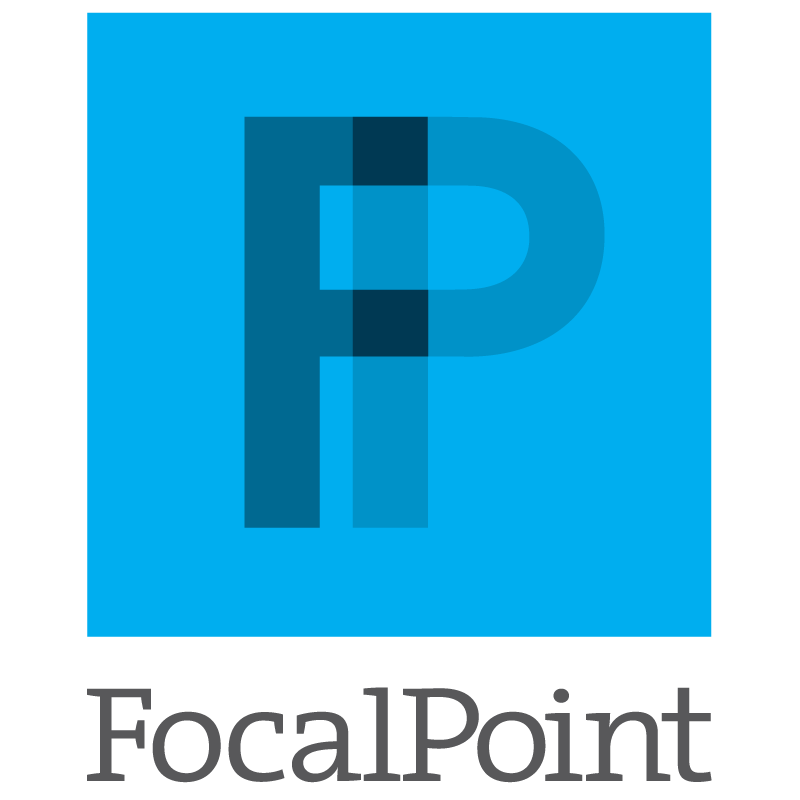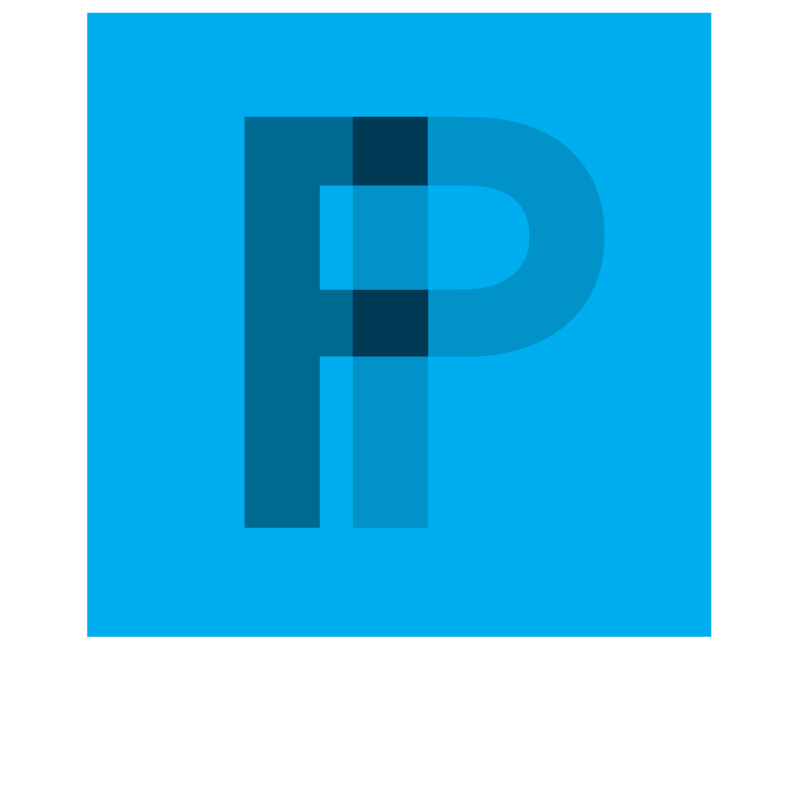Have you ever noticed how some HD video production looks a lot like film? They’ve got a softness or smoothness to them, a different depth of field and well, they’ve just plain got a high-end look.
Digital Cinema is the buzz of this video industry these days. It used to be that clients who wanted the best quality products would turn to film – which is both time-consuming and expensive to shoot, edit and produce. But now, with digital cinema, you can get similar results for a fraction of the cost.
When it comes to video production, there are varying levels of quality – everything from home-grown look to high end and well produced – and now, there’s digital cinema. Digital cinema refers to the use of digital technology to produce high-resolution, cinema quality motion images, but without the use of conventional film.
You may have heard of the HDSLR or the RED cameras – those are a few of the biggies in digital cinema, with marketing materials that include words like “revolutionary” and “game changing.” It’s a whole different approach to video production – some even say it’s the true “high definition” where HDTV is the really “low definition.”
The biggest difference is the depth of field. When shooting with digital cinema, cinematographers have a much greater control over the depth of field – producing images with soft backgrounds like what you’ll see in a movie theatre. It’s all about the sensor. 35mm has a much larger sensor than a standard video camera, and digital cinema utilizes the same size sensor as 35mm film.
The work flow is different, too. Video cameras allows us to zoom in and out, pan left to right and other things. Digital cinema is different in that there’s no zoom. The camera is physically moved either by hand held or using a dolly, jib or steadi-cam to create this effect. Dolly, Jib and Steadi-cam moves help create stylish, cinematic images and add an instant level of class to the production…giving the production that WOW factor. Plus, the audio and video are recorded separately with most digital cinema style cameras. Video is captured by the camera and audio is captured separately, then they’re synced up during the post production process. This allows for better audio quality and more flexibility in capturing sound – for example, the camera can be 50 feet away from a subject and the audio technician is up close to the action to capture the best sound. More flexibility makes for a better end result.
All in all, digital cinema provides clients with another option. It’s not the answer for every scenario – every project and budget is different and many require different approaches. Most quality production companies have a variety of camera packages to meet each client’s own need. Digital cinema is the latest and greatest on the market and is becoming more widely used. Hence, the buzz.



